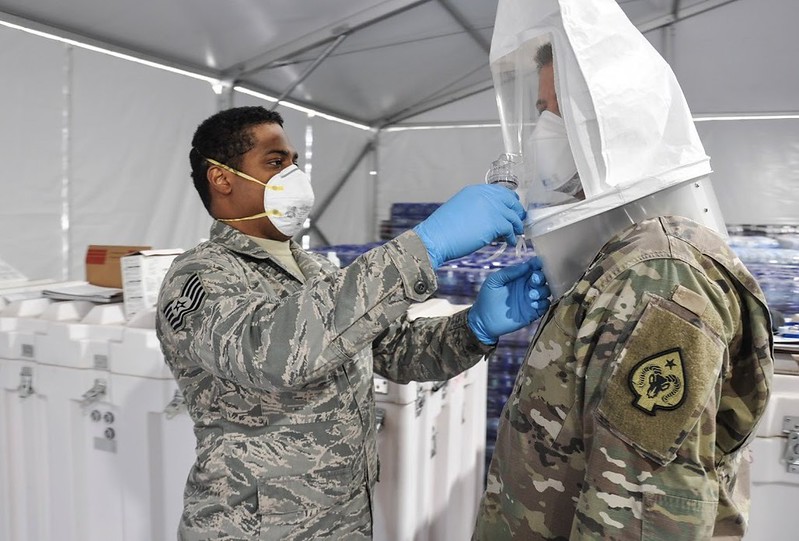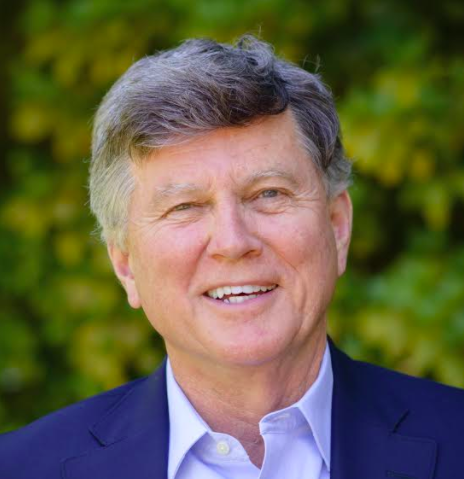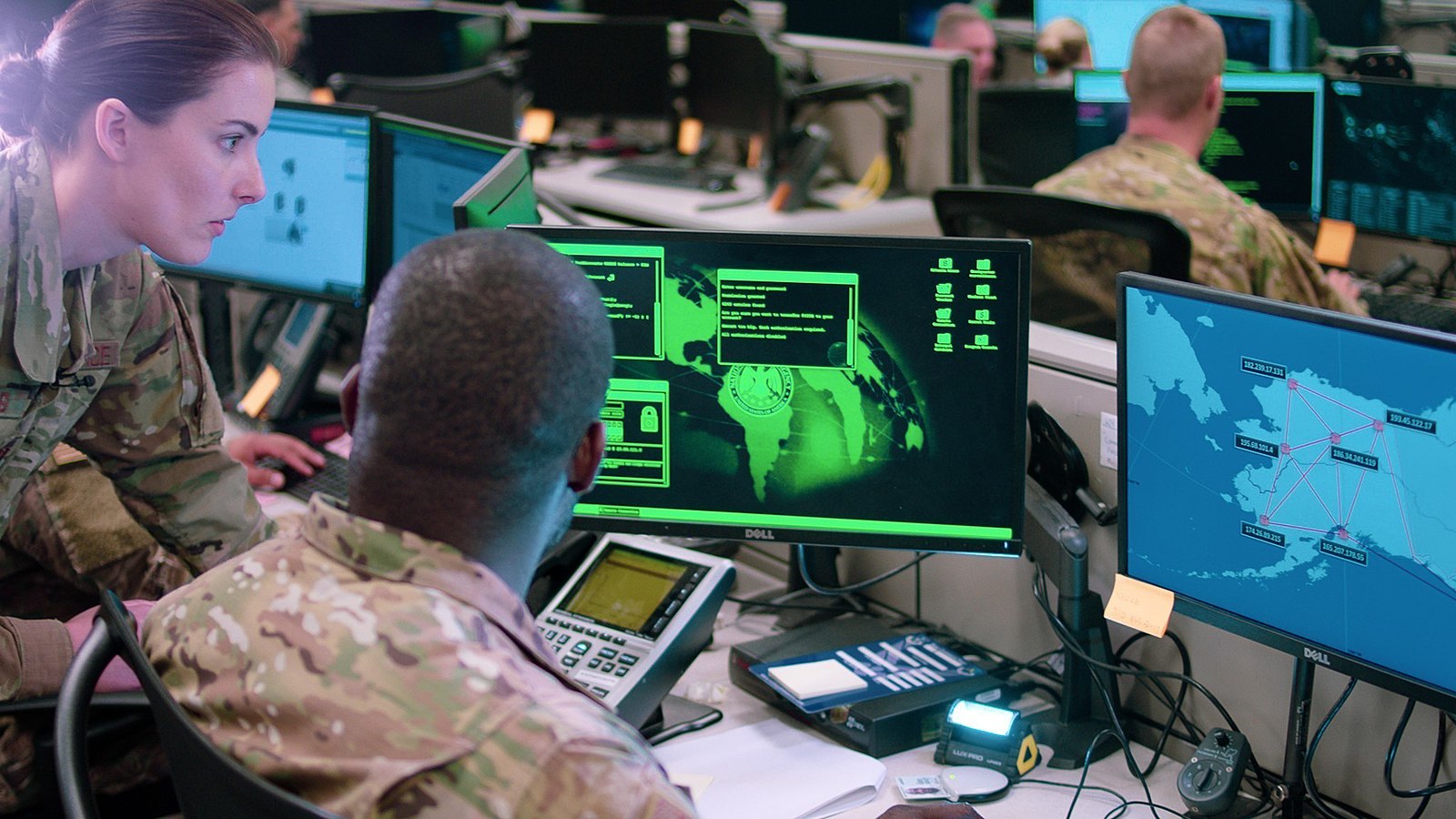World War COVID-19: Who Bleeds, Who Pays?
If this is a war, it’s a war like few others in history—if any.

Published by The Lawfare Institute
in Cooperation With

“It’s a medical war,” President Trump declared of the coronavirus on March 18. The commander in chief then cast himself as “a wartime president.”
But if this is a war, it’s a war like few others in history—if any. For starters, today’s front-line fighters are not soldiers, sailors, airmen and marines clad in combat gear, but health care workers clothed in scrubs and face masks. When it comes time to award the medals, it will be the doctors, nurses, hospital staffers and first responders daily risking their lives to help the sick who will be honored as the true heroes.
Yet in the struggle against the “invisible enemy,” it is the different generational impacts that seem to suggest that the United States is engaged in a unique kind of warfare.
For millennia, societies at war have sacrificed their young for the common weal. War’s disparate demographic impact was emphatically evident in World War II. Adolescent boys were liable to be drafted when they turned 18, and the average soldier on D-Day was barely 26 years old. Precious few of the nation’s 10 million draftees had seen more than 37 birthdays. No one over 45 was obliged to serve. But for the nation’s youth, wartime service put education, careers, and often marriage and parenthood on hold. From the more than 400,000 young men who died, the nation asked the last full measure of devotion. Thousands of others returned home with disabilities. For the Greatest Generation, the full promise of adulthood had to wait. For many it never came at all.
Those patterns persisted through later conflicts. Of the nearly 60,000 Americans who perished in Vietnam, well over half were younger than 23 years old. Two-thirds of the enlisted personnel who fought in Iraq and Afghanistan were under 29; their average age was 27. The vast majority of the men and women who make up today’s All-Volunteer Force are under 30.
But in the fight against the coronavirus, it is not the young but the old whose names fill up the casualty lists.
While today’s adversary can attack those of all ages, its favorite targets are the elderly. About one in six Americans is older than 65, but members of that age group account for some 80 percent of the deaths to date from COVID-19, the respiratory disease caused by the novel coronavirus. And the case fatality rate for the senior cohort is some 25 times greater than for those between 20 and 44.
Yet on closer examination, perhaps this war looks like a traditional war after all. In a sense, it recalls the two-front war that the United States waged in WWII—but this time, the two fronts are not the geographically separated European and Pacific theaters. Instead, they are the intertwined realms of medicine and economics. And on the economic front, the highest casualty rates may well be among the young.
The longer the national lockdown in the U.S. lasts, the longer the economy will be on life support. It may not even survive in recognizable form. In that scenario, it will not be elderly retirees, the most financially secure members of American society, who will bear the heaviest burdens and suffer the gravest hardships. In an economic calamity whose scope already rivals that of the Great Depression, and whose velocity hugely outstrips anything on record, it is the young—including indebted students and struggling mortgagors, parents supporting families paycheck-to-paycheck, precarious recent graduates and anxious first-time job seekers—whose lives will be most deeply scarred. .
And it will be today’s young who will one day have to pay the bills. The multitrillion-dollar relief packages passed by Congress and the new financial facilities created by the Federal Reserve are set to explosively balloon federal deficits. National debt as a percentage of gross domestic product is on its way to levels unseen since WWII, perhaps headed as high as 200 percent.
Even the healthy old will not live long enough to see those bills come due. But their children and grandchildren will.
In conventional war, commanders must weigh the cost of military casualties against the benefits of operational success. A singular focus on protecting the lives of soldiers may lead to strategic defeat. The U.S. today may be waging unconventional war, but as in all wars, agonizingly painful decisions must still be made.
The country urgently needs a compassionate and candid national conversation about who bleeds and who pays in the war against COVID-19. The United States must confront the discomforting truth that the trade-offs between the medical and economic fronts compel trade-offs between generations.
Will this be yet another war where the old command the young to do most of the sacrificing?






